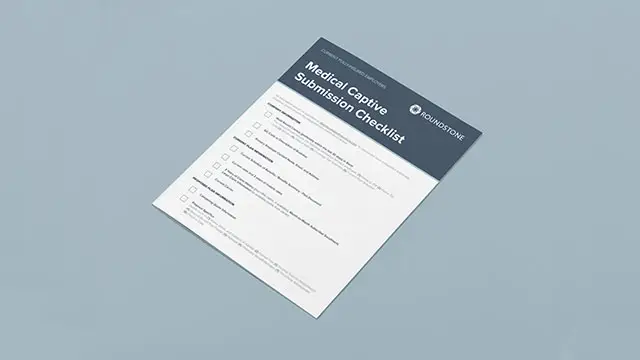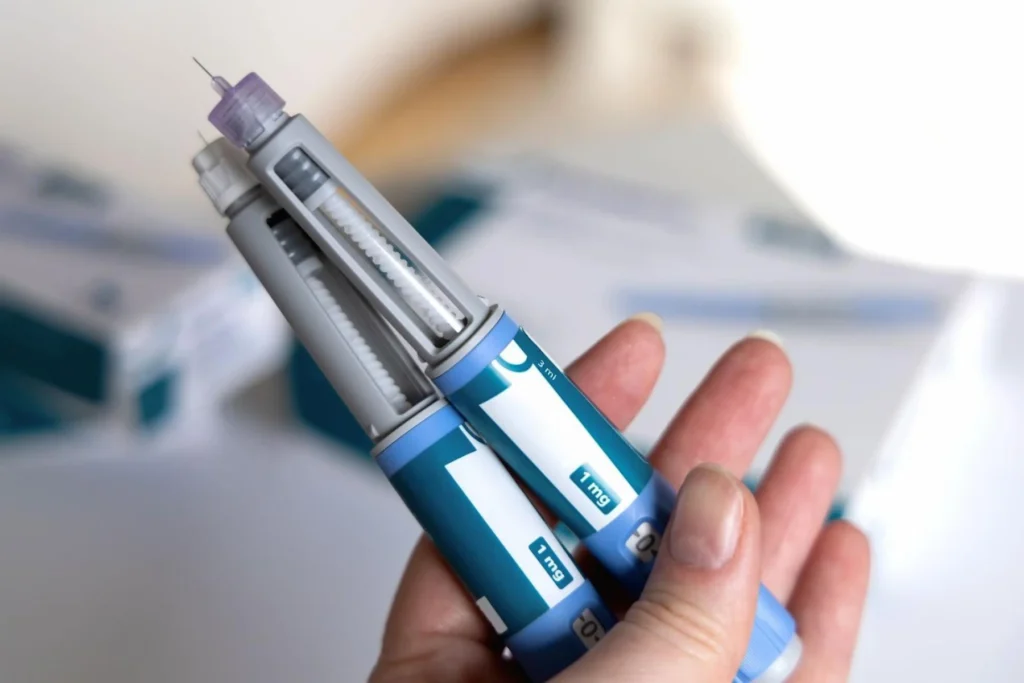What happens when an employee requires medical care for an accident that is not their fault? Say for instance, an employee is driving home from an evening out with his family. Their vehicle is struck by another driver who is at fault for the accident. The family is taken to the hospital and evaluated for injuries; incurring ambulance charges, hospital claims, doctor claims and follow up medical checkups. Those claims are not the employee’s fault, but the health plan will most likely have to pay those claims. What can an employer do in this situation to recover the cost?
The health plan can seek recovery through a process called subrogation. What exactly is subrogation? It is the process of “stepping into the shoes” of another person and transferring the rights and duties of a claim. There are several instances where a third-party may be liable for expenses. Slip and falls, dog bites, and motorcycle accidents are all possible subrogatable opportunities for recovery.
There are a few very important steps that need to be taken to ensure the success of subrogation. Take the time to do a yearly review of your plan design. Confirm your subrogation language is up-to-date with the current laws to head off issues before a claim happens. Once a claim occurs, it is vital that you and your Third-Party Administrator (TPA) work to identify recovery opportunities and gather as much information as possible, as early in the claim process, as you can. Patience and active pursuit are critical. Obtaining police reports, automobile insurance information for both parties, and facts of the loss, are key items to being able to process claims timely, evaluate opportunities, and pursue appropriately.
Having a subrogation strategy plan, with a team in place to identify and pursue when possible, is necessary to minimize costs and achieve quality outcomes. A subrogation strategy plan can seem burdensome and time consuming when it may seem easier to just pay and forget about the claims. What are the benefits to having a plan in place? Recovery to the employer sponsored health plan and the captive of funds paid for medical claims that are the fault of another party. It is a return to the bottom line of your health care spend.
Fortunately, you are not alone in creating a subrogation plan and pursuing recovery. Roundstone’s subrogation team is here to assist advisors and employers in identifying claims, obtaining the appropriate information, and achieving quality outcomes.
Over the last year, Roundstone has had several key recoveries. In one example, we were able to pursue a lien for medical claims paid as a result of a motorcycle accident, recovering $25,000 which was returned to the captive and the group. In another example, we were able to pursue the at fault party for settlement of a vehicle accident for $100,000, returning $27,400 to the group and $72,600 to the captive. In each of these cases, having a strong strategy for identification, information gathering, and timely pursuit, allowed for a successful recovery.
Do you need help with identifying those claims where subrogation is possible? Do you need assistance evaluating the role your TPA performing in your subrogation strategy plan? Roundstone is here to help you in planning ahead for your best subrogation recovery outcomes.









